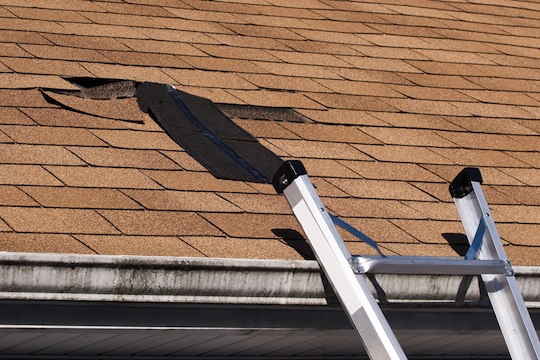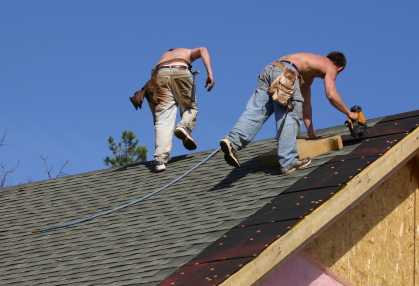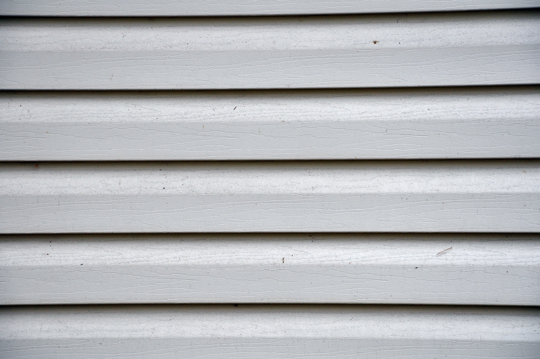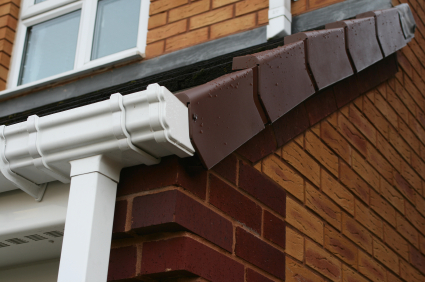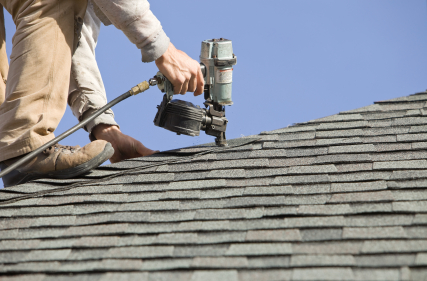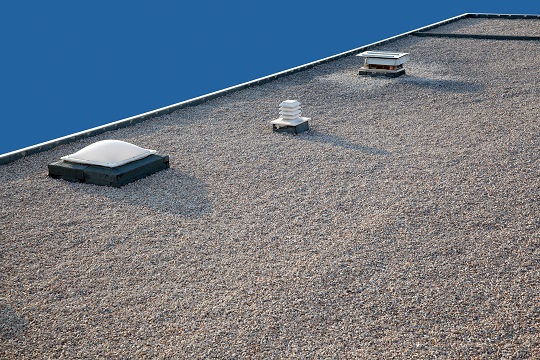Take the time to repair flat roof if you notice that your flat roof is leaking. Leakages in flat roofs are a common problem and can grow the longer that you ignore them. However, don’t assume that the leak on the roof is directly above where it is leaking below. This is because flat roofs have different layers and the watering is seeping through the different layers before it gets to the room below.
No matter how hard you try to waterproof your flat roof, sometimes it will leak.
DIY Kits
There are DIY kits available at your local hardware store that you can use to repair flat roof. Repairs are best made during the summer, when the weather is dry and there is no chance of rain. This is particularly true for flat roofs with a felt covering because they need to dry out.
A New Overlay
If your flat roof has significantly deteriorated, you may need to make a complete overlay of your roof. This is the most advisable route to take when the deck of the roof is still sound but the waterproof membrane has deteriorated. You may need to put new tar in place. A new membrane should be put in place, as well as new insulation.
The best way to deal with a deteriorating flat roof is to replace the deck entirely, including the waterproof membrane and anything else that may be causing the leaks. It’s better to consult a professional regarding this as a new overlay is a task that a single person cannot do, especially one without any experience. This is the time to call in the experts.
Need an Expert Now?
Give us a call today! Seva Call can help you locate a roofer that will help you with flat roof repairs. We are dedicated to giving you the help that you deserve!

